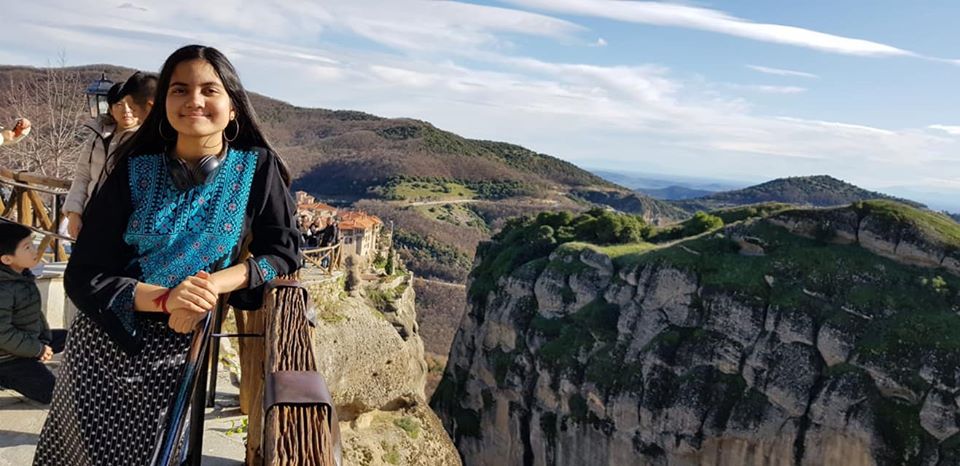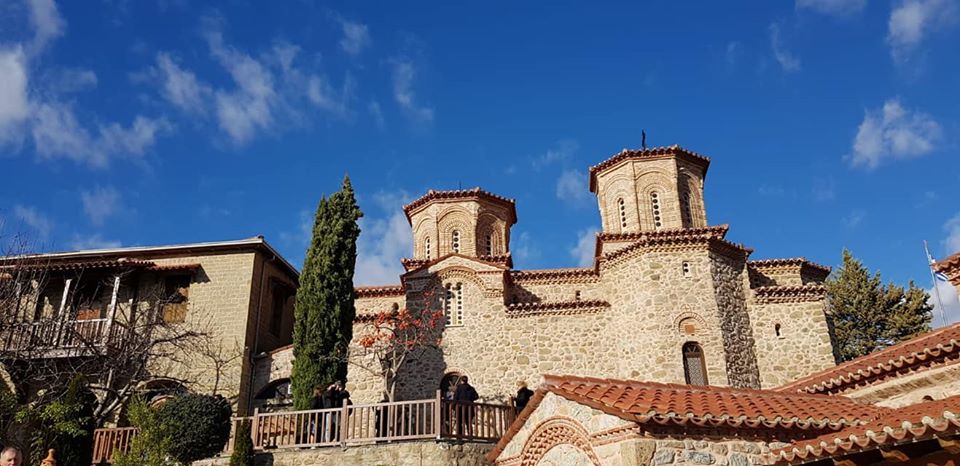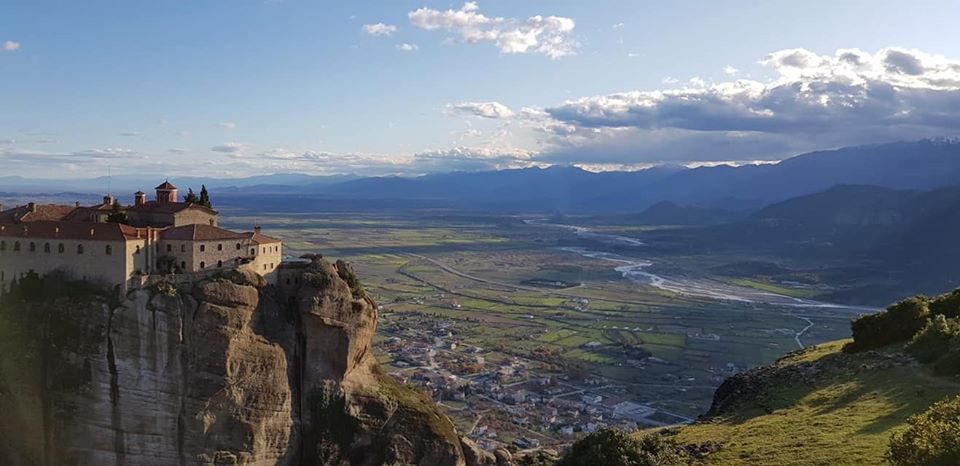This Christmas holiday, I visited Meteora, a rock formation in central Greece. It hosts one of the largest and most precipitously built complexes of six Eastern Orthodox monasteries, built on immense natural pillars and hill-like rounded boulders that dominate the local area. Located near the town of Kalambaka at the north western edge of the Plain of Thessaly near the Pineios river and Pindus Mountains, Meteora is included in the UNESCO World Heritage List. The name means lofty or elevated, and is etymologically related to meteor (Wikipedia). This is my take on the destination, one of the most amazing places I have visited to this day.

METEORA
From the underworld to the gates of paradise,
stone steps spiral in serpentine lanes.
An underrated Atlantis arisen from oceanic depths,
where basking sharks bathe and plankton tread water.
Carved in undying passion, chisel and hammer set to stone,
brick red monasteries rest, almost like a medieval utopia.
Hidden in a façade of foliage, amidst jagged cliffs,
a fiery persimmon tree brightens an azure blue sky.
Here chandeliers glow and incenses smell an angel’s breath,
as monks chant and God echoes in response to prayers.
Living on the edge had never felt so restful,
balancing on the tip of life, a step closer to heaven.
In Meteora, name like a shooting star, suspended in mid-air.







